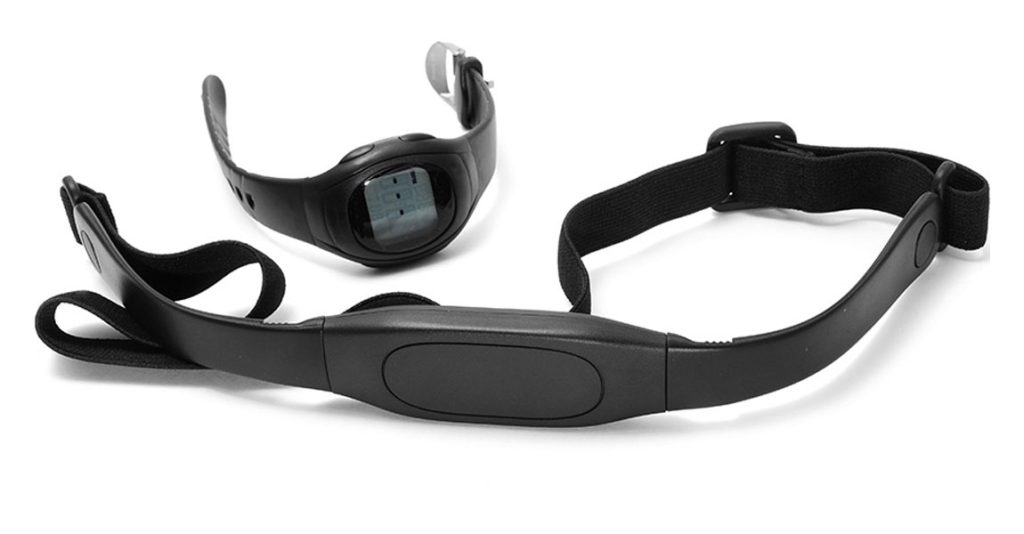
Living longer with EPS?
Home > Health Info > Health Articles

Back in the good old days when oils came out of the ground, and not manufactured in a research lab, there was a type of lubricant called “EP”. That acronym stood for “extra pressure” but has nothing to do with the medical EPS acronym, which stands for ElectroPhysiolgic Study. Of course, one of the great problems with acronyms, is that the letters can stand for all sorts of other things, such as in this case “Earnings Per Share” (currently a doubtful entity with Wall Street still tottering) or even more esoteric, “Elizabeth’s Percentage System, a mathematical formula developed by Elizabeth Zimmermann to determine how many stitches to cast on for a sweater” – but who knits sweaters these days?
Medical EPS is a relatively new diagnostic procedure in which we can see just how well the electrical side of your heart is working. Just the same way as your engine needs a correctly timed electrical spark to each cylinder, your heart chambers need a correctly timed electrical impulse to make them contract at the right time (the rhythm or heart beat).
When the electrics start malfunctioning, the heart will also malfunction. Disturbances of normal heart rhythm may only cause annoying symptoms (palpitations, lightheadedness, dizziness) that pose no serious threat to life. Other rhythm disturbances, however, can be associated with dangerous risks (loss of consciousness, seizures, stroke or cardiac arrest). These varying symptoms can occur when the heartbeat is seriously slowed, dangerously rapid, or just highly irregular. Heart rhythm disorders can be part of almost any type of heart disease, and can be provoked by various medications or electrolyte abnormalities, but can also occur in the absence of readily identifiable underlying heart problems. These disorders are called ‘arrhythmias’.
Some arrhythmias can occur without symptoms and may only be picked up during an ECG (electrocardiogram), but the simple ECG will not pinpoint the electrical breakdown, only indicate that there is a malfunction somewhere.
An ElectroPhysiologic Study (EPS) is one of a number of tests of the electrical conduction system of the heart performed by a cardiac electrophysiologist, a specialist in the electrical conduction system of the heart.
The EPS should pinpoint the location of a known arrhythmia and determine the best therapy, determine the severity of the arrhythmia and whether you are at risk for future life threatening heart events, especially sudden cardiac death, and can also check the efficacy of medications being used to regulate heart rhythm, and evaluate the need for a permanent pacemaker or an implantable cardioverter-defibrillator (ICD).
The way the EPS is done is where modern medical technology is used. Just as when an electrician tests the conductivity of a wire with a testing light, to test the heart’s electrical system, several thin, flexible, electrical catheters (fancy wires each about the thickness of a strand of spaghetti) must be inserted into various parts of the heart, to test the electrical pulses.
To provide maximal sterility of the catheters being inserted, the introduction sites are thoroughly cleansed. Most catheters are inserted via needle punctures through the anesthetized skin, making cutting and stitching unnecessary. Once the catheters are carefully positioned inside the heart, the electrophysiologist uses computer equipment, making recordings of the heart’s intrinsic electrical properties. Occasionally, electrical stimuli are administered to the heart by the conductive catheters, to check its response.
The catheters enter the heart via the right atrium, which is the low pressure side of the heart. The advantage of this is that the right atrium is where the electrical generator (the SA node) is located. The right atrium is also the location of most of the common re-entrant pathways associated with atrial flutter. If a catheter is placed with the distal tip in the right ventricle, it may be possible to measure conduction through the central electrical tissue bundle, which is useful to determine the level of heart block (where the atria and the ventricles beat independently. If the catheter is placed in the coronary sinus, it is also possible to measure electrical activity in both the left atrium and the left ventricle without entering the high pressure arterial system associated with the left side of the heart.
EPS can save your life.
By Dr. Iain Corness
With kind permission from http://www.pattayamail.com/modernmedicine/living-longer-with-eps-44597
Share :




